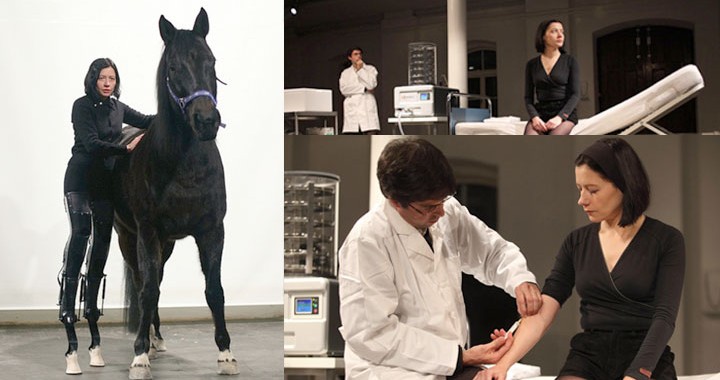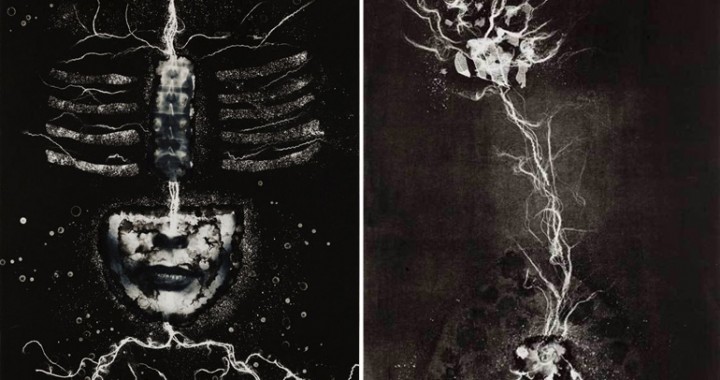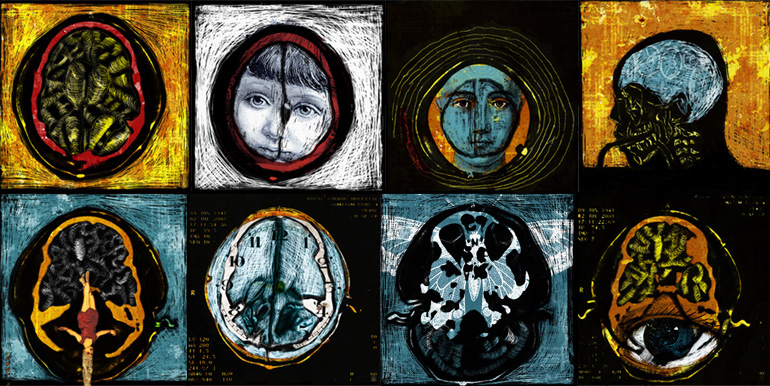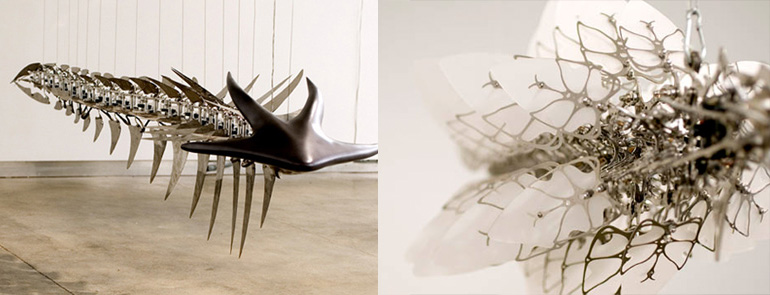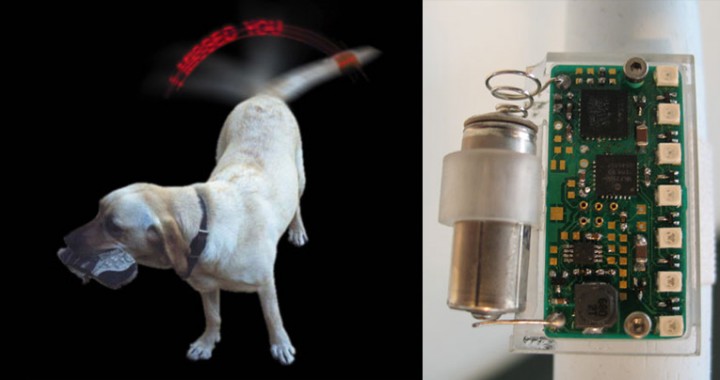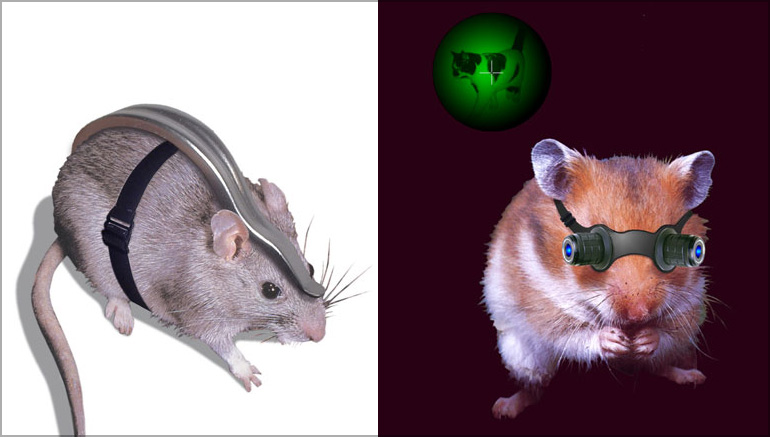Cohen creates speculative design projects that engage with art, technology, and biology. The projects “draw attention to the social, cultural and ethical implications of new technologies. The resulting design proposals do not provide answers, but they make complex issues tangible, and therefore debatable.”1
Life Support, 2008
For this project, Cohen imagines augmented animals that assist human health. In one scenario, a genetically modified sheep acts as a living dialysis machine for a human with kidney failure. Every night blood passes between human and sheep; the sheep’s healthy kidneys filter the blood before its returned to the human. In another scenario, a mechanically modified greyhound assists the breathing of a human with respiratory problems.


See Cohen’s website.
1 Regine Debatty, “Life Support — Could Animals be Transformed into Medical Devices?” We Make Money Not Art (July 1, 2008) http://we-make-money-not-art.com/archives/2008/07/now-that-im-back-to.php#.VHvnPmTF8VF

